AirNav RadarBox Installs Its First ADS-B Station in Antarctica
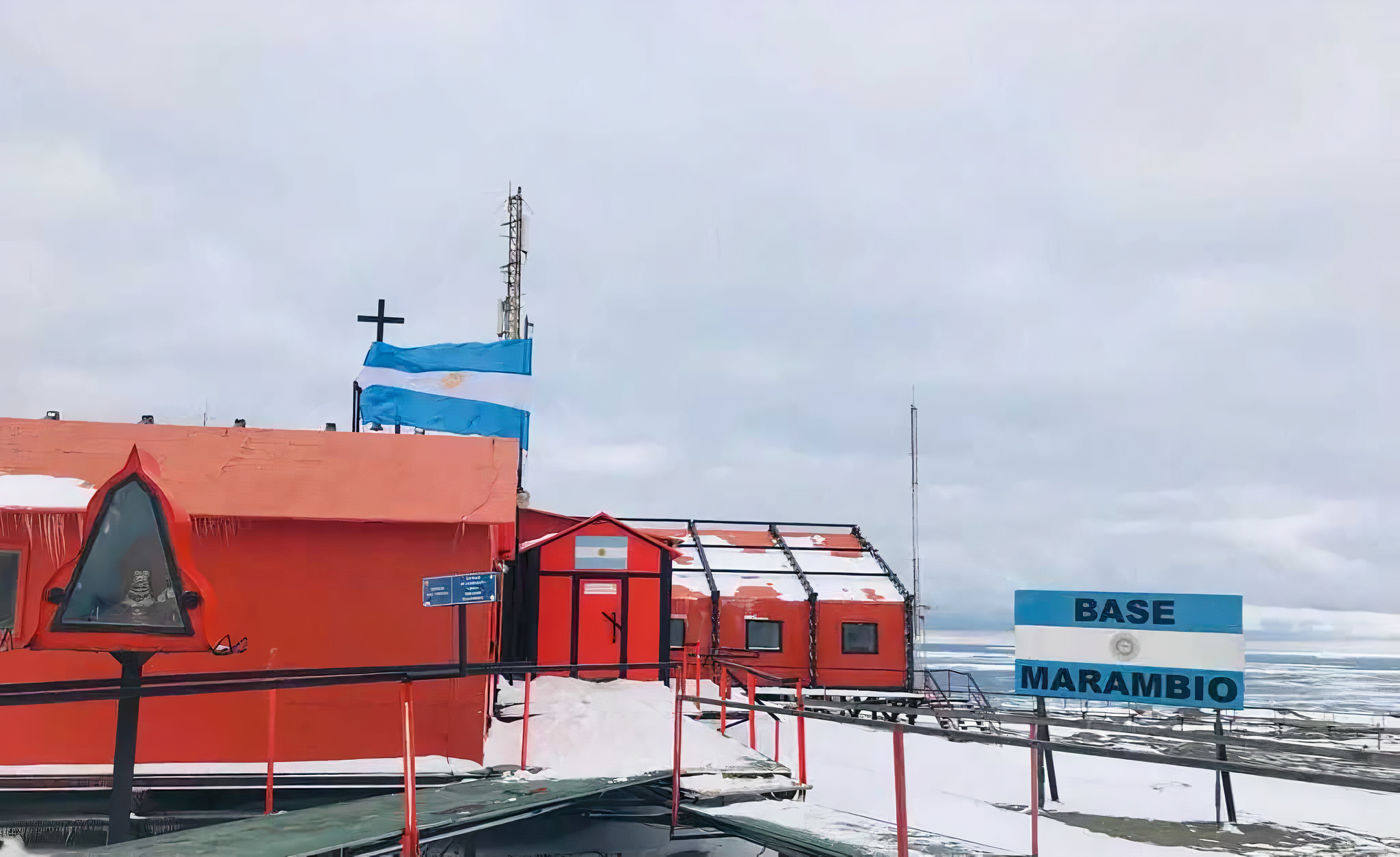
Marambio Base (Spanish: Base Marambio) in Antarctica
We recently installed our first ADS-B station in Antarctica (the South Pole), one of Earth's most isolated areas. The receiver was installed in the Marambio base (an Argentinian base) to assist the Argentine Air Force and Argentine Antarctic Command (COCOANTAR) with their operations in Antarctica by providing real-time air traffic data.
Did you know? At the time of its establishment, it was the first airfield in Antarctica and is still one of the most frequently used due to its suitability for wheeled landings. This is why the base is nicknamed "Antarctica's Entrance Door" (Spanish: Puerta de Entrada a la Antártida).

Marambio Airfield View provided by AirNav RadarBox
Marambio Station, Antarctica
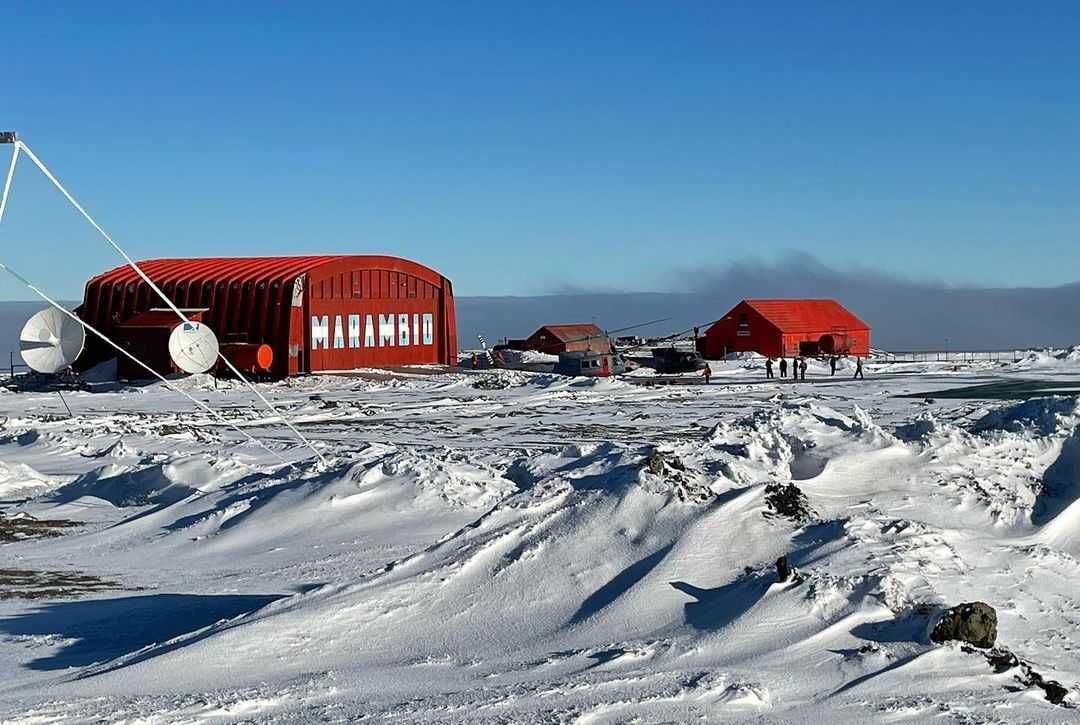
Marambio Airfield Hangar
The Marambio Station is a permanent, all-year-round Argentine Antarctica station named after Vice-Commodore Gustavo Argentino Marambio, an Antarctic aviation pioneer. It is located on Marambio Island, Graham Land, Antarctic Peninsula, about 100 km (60 mi) from the coastal civilian village of Esperanza.
First argentine flight to the South Pole

Photo source: Fundación Marambio
On December 18, 1961, the three aircraft of the UT 8 took off from Rio Gallegos. They flew to a semi-prepared runway on the Larsen ice shelf -named Jorge A. Campbell airfield- which was located between Robertson Island and the Larsen nunatak (seat of the Teniente Matienzo Air Base, nowadays Matienzo Base -transitory-).
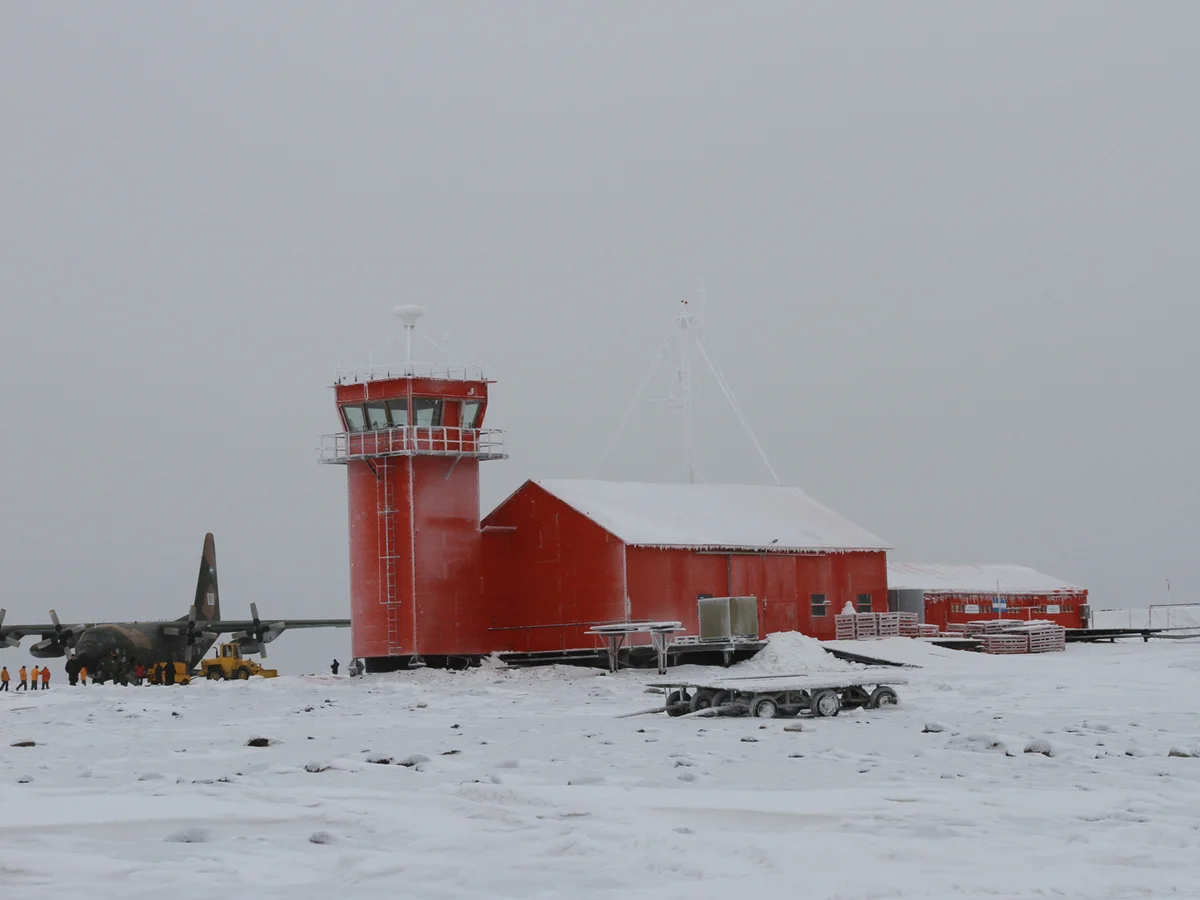
Marambio Air Traffic Control Tower
The Marambio airfield operates C-130 Hercules aircraft and, for liaison with other bases, has a DHC-6 Twin Otter aircraft and helicopters for summer campaigns.
.jpg)
Marambio Runway - Photo source: Clarín

Patrulla Soberanía building Antarctica's first airfield and runway - Photo source: Clarín
Everything started when Argentine activity in Antarctica started to grow, and the Argentine Air Force started looking for a suitable terrain to build an airfield and found it on Marambio Island: being a plateau 198 meters above sea level, it is a surface that does not have permanent ice cover and allows planes to land and take off.
In November 1968, two helicopters from the icebreaker General San Martín landed on the island to take soil samples. In August 1969, a working group of 21 people called Patrulla Soberanía occupied the island to construct the runway. But they encountered the problem of opening a furrow in the ground to allow large wheeled aircraft to operate.
One of the routes to Antarctica is Rio Gallegos, a route the Argentine Air Force uses for its operations at its bases in Antarctica.

Route: Río Gallegos to Marambio Base - Google Maps
Here is a screenshot of the Argentine Air Force C-130 flying into the Marambio base carrying supplies, food, and cargo to the base located in Antarctica.
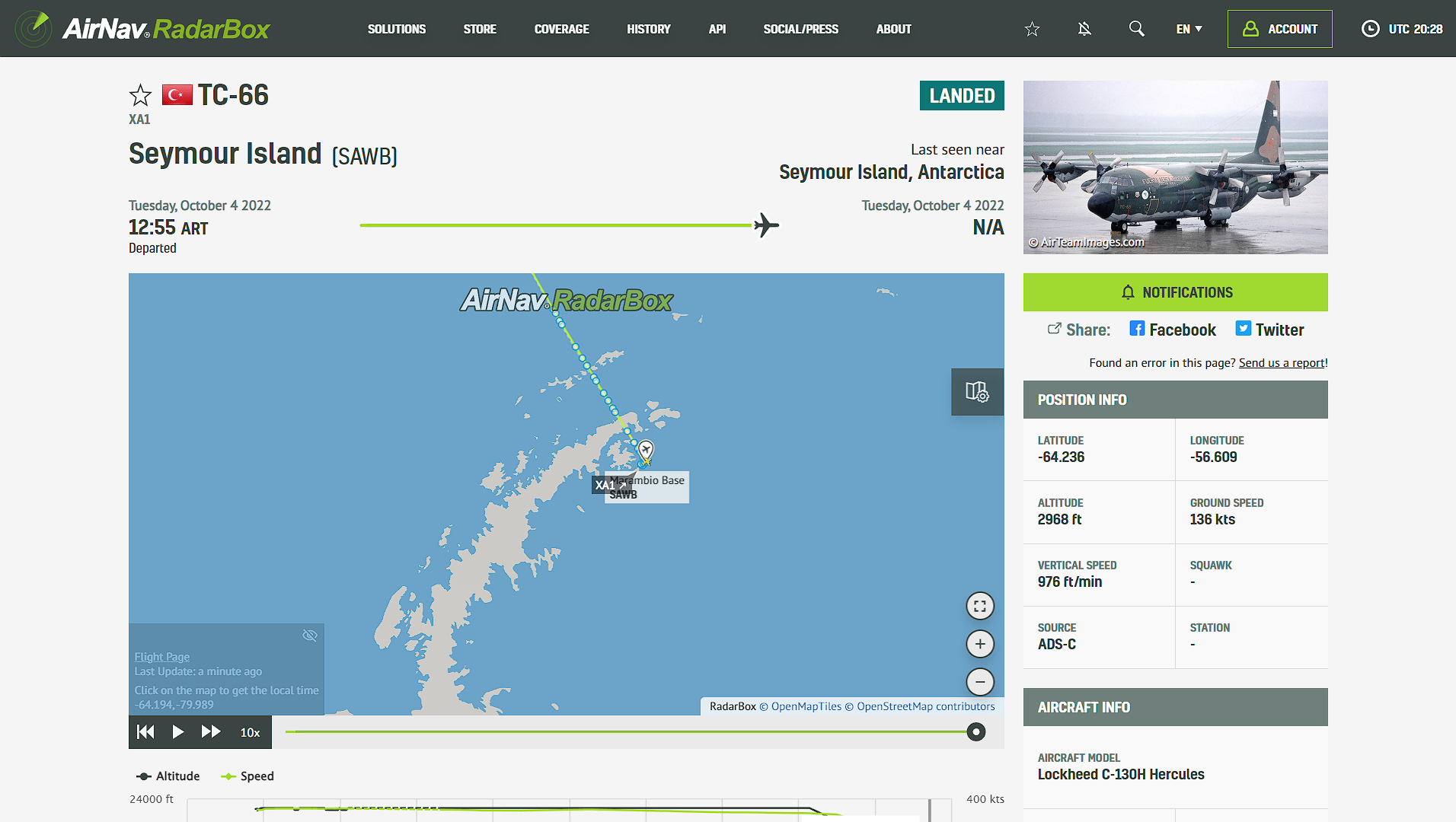
Argentine Air Force Hercules C-130 (TC-66) en route to Marambio Base tracked via RadarBox.com
AirNav RadarBox antenna is installed outside Marambio Base, operating in temperatures varying from -16ºC to -56ºC (Antarctic winter). According to the airport view and weather data provided by AirNav RadarBox, these were the weather conditions:

QNH: 993 | Wind: 3 knots (90º) | Temperature: - 20ºC | Visibility: 6.21 mi | Allowed flight category: VFR
And these were the temperatures recorded in the Antarctic spring. Gradually warming up as the Antarctic summer approaches. Did you know? Antarctica is a desert. It does not rain or snow a lot there. When it snows, the snow does not melt and builds up over many years to make large, thick ice sheets. Antarctica is made up of lots of ice in the form of glaciers, ice shelves, and icebergs.
_auto_x2.jpg)
AirNav RadarBox ADS-B antenna installation site
Hello Ariel! Hello Antarctica! Ariel is responsible for communications at the Marambio base. Ariel and his colleagues in Marambio spend an average of 6 to 12 months in Antarctica, living and working from the South Pole. The base is equipped with a school, kitchen, gym, and everything a city has! The population in summer is 200 people, while in winter, 50.
_auto_x2.jpg)
Ariel Sosa, communications manager at Marambio Base, using RadarBox in his daily work.
Ariel Sosa comments, "AirNav RadarBox is an important tool for us because we can monitor all local air traffic on one single dashboard. Moreover, our local air traffic can also be monitored remotely by the Antarctic Command in Buenos Aires. RadarBox utilized by the control tower and all of us here at the base."
Marambio Base and its population
The image below displays the RadarBox XRange2 receiver in Antarctica! Learn more about our Xrange 2 Receiver here.
_auto_x2.jpg)
AirNav RadarBox Xrange 2 Receiver
Our ADS-B station in Antarctica has an average range of 114 nautical miles. But this varies, and the range fre updated.
Marambio Base - PGANRB501388 Station Page
One of the first aircraft tracked by the station was an Icelandair flight from Antarctica to Punta Arenas, Chile. It is not so common to see aircraft in the region, but this time this one was tracked by our ADS-B station in Marambio.
Icelandair FI1089 tracked by ADS-B station in Marambio near Seymour Island, Antarctica
"Assisting the Marambio base and the Argentine Air Force in their operations in Antarctica is simply wonderful. It's incredible to see our solutions being utilized in remote locations like Antarctica," says Andre Brandao, CEO of AirNav Systems.
The Lockheed C-130 Hercules, known as Hercules or C-130, is one of the most widely used aircraft in Antarctica and is also used by the Argentine Air Force to transport scientists, cargo, and supplies to their bases on the white continent.

Argentine Air Force C-130 in Marambio, Antarctica
The C-130 Hercules in numbers:
- Weight: 34,380 kg
- Range: 3,800 km
- Wingspan: 40 m
- Length: 30 m
- Cruise speed: 540 km/h
And what a view!
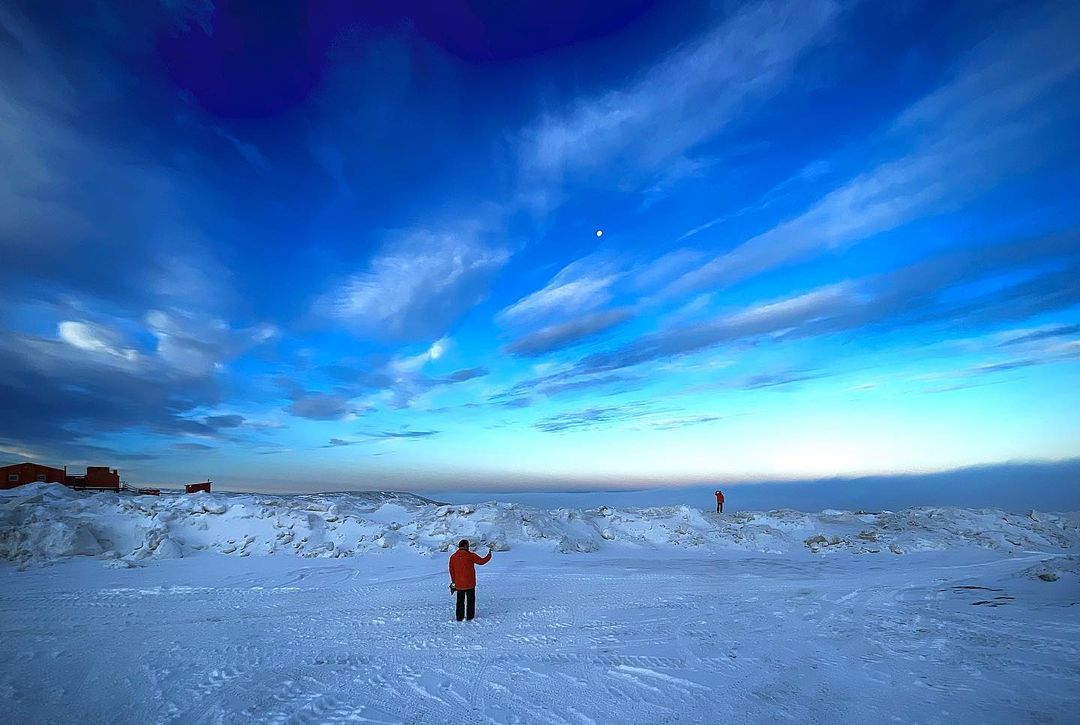
Marambio Base, Antarctica
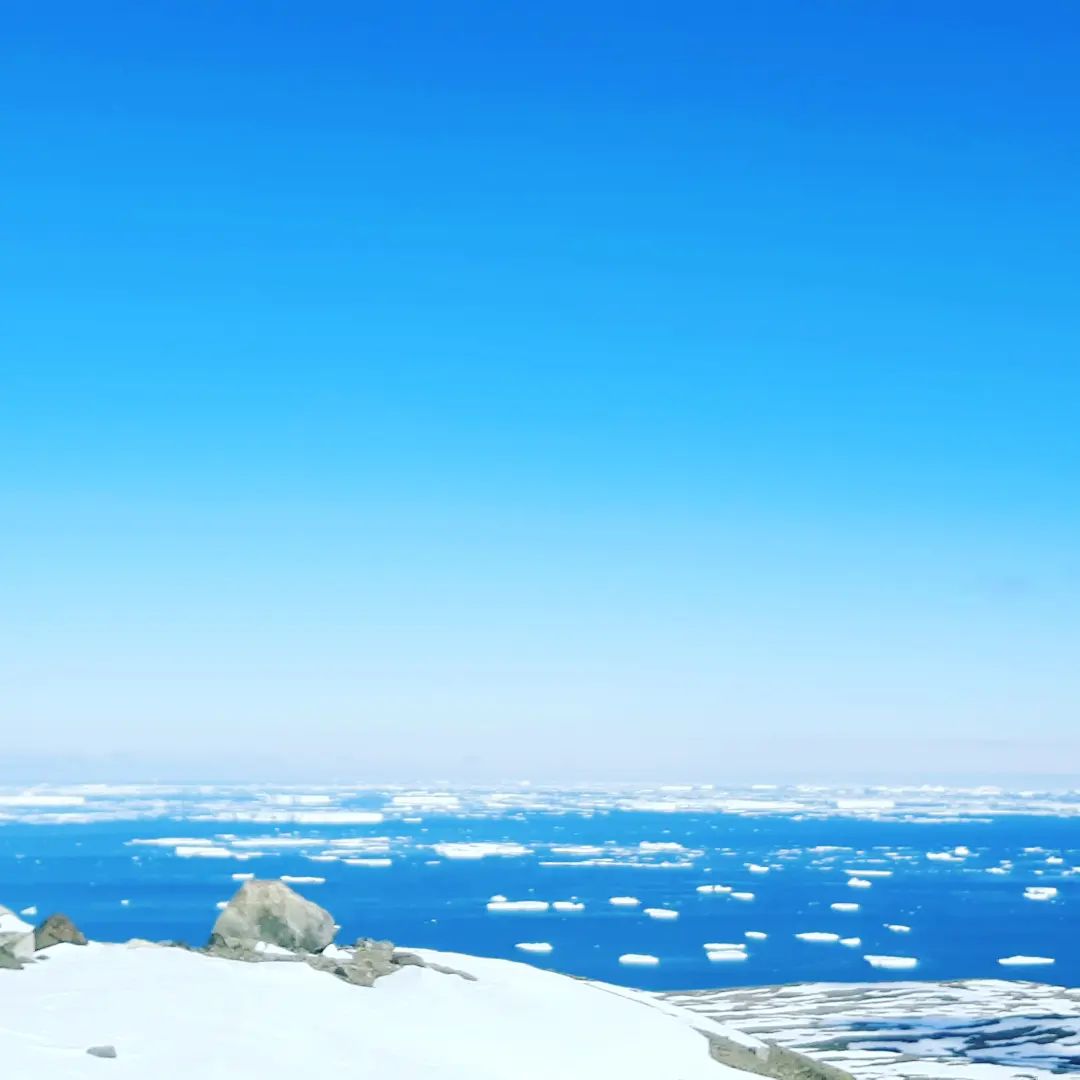
Marambio Base, Antarctica
One of the most beautiful sunsets on the planet!

Sunset at Marambio station
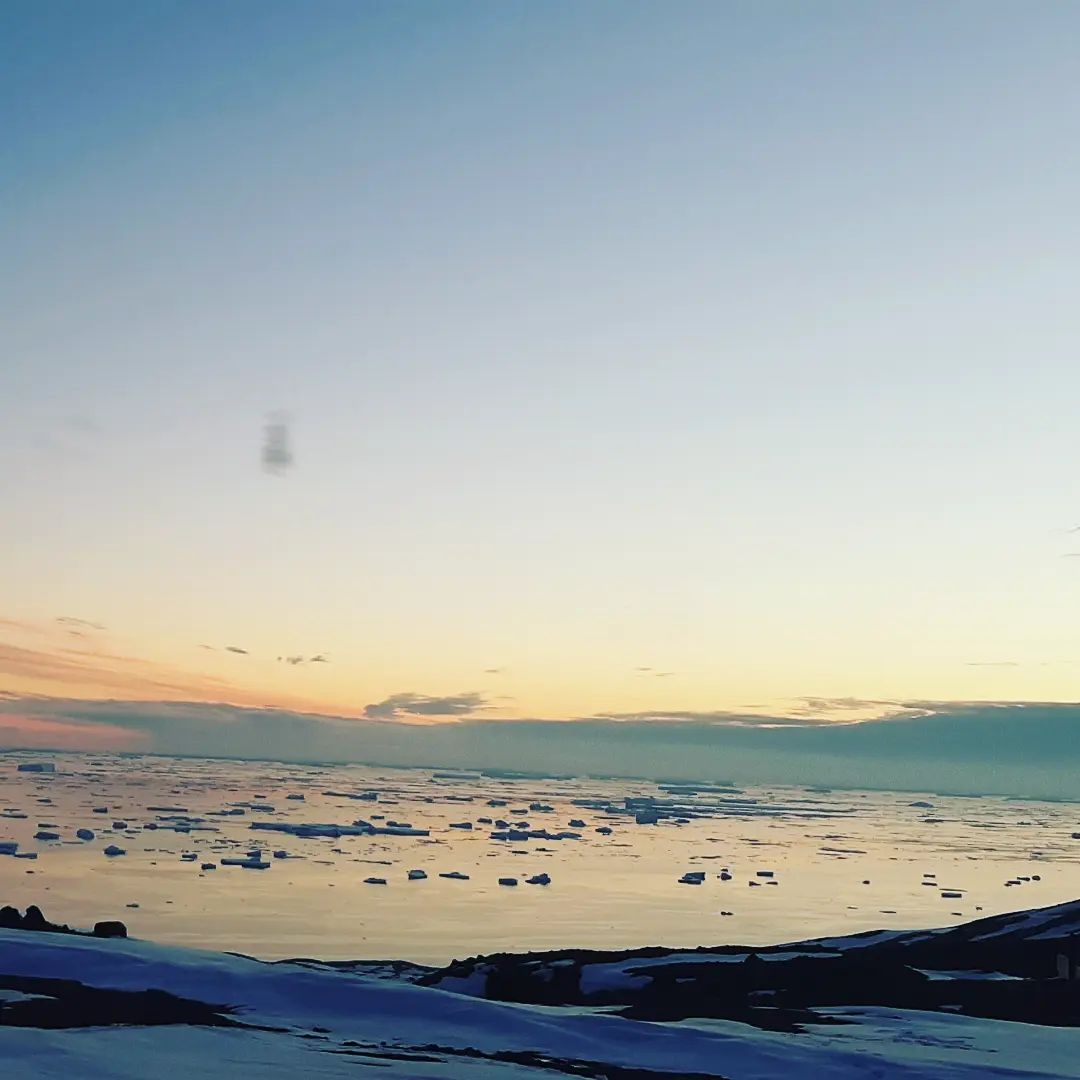
Sunset at Marambio station

Marambio Station (Spanish: Base Marambio)

Sunset at Marambio station

Sunset at Marambio station
The best place to observe the sky and galaxy is Antarctica. The flickering caused by atmospheric turbulence, and often interfering with astronomers' observations, is extremely low in Antarctica, with nothing but a vast flat stretch of ice. Another factor is the water vapor around such a site. The vapor absorbs light, particularly in infrared wavelengths, interfering with the readings. Since Antarctica is extremely cold, water freezes out and does not form vapor.

Milky Way as seen from Marambio Station - Photo Source: Jorgelina Alvarez
What is living in Marambio like, the Argentine military base in Antarctica
COCOANTAR (Argentine Antarctic Command)

Argentina's Joint Antarctic Command (COCOANTAR) has the mission to conduct Argentine operations permanently and continuously in Antarctica and its area of interest to ensure the deployment, logistical support, and development of the scientific activity to contribute to the fulfillment of the Annual Antarctic, Scientific, Technical and Services Plan. President Mauricio Macri published decree No. 368/2018 on April 25, 2018 (published the following day). He placed COCOANTAR under the permanent organic and operational dependence of the Joint Chiefs of Staff through the Operational Command of the Armed Forces. It establishes that all Antarctic bases and shelters will be managed jointly by the different Armed Forces and the National Antarctic Directorate to optimize resources and depend organically on COCOANTAR. All bases are located within the so-called Argentine Antarctic Sector. They were located mainly following a territorial occupation policy to strengthen the region's sovereignty. In addition to complying with the previous point, the Esperanza, San Martín, and Belgrano II bases were installed to use as logistic support points to reach the South Pole. The main task is related to scientific research.
In contrast, the secondary tasks are logistical and technical, maintenance of facilities and infrastructure, providing support services to expeditions from other bases, ships, and aircraft, and maintenance of the shelters. Argentina administers thirteen (13) bases in Antarctica, of which seven are permanent (operating all year round), and the rest are temporary (operating only in summer). Two of these are directly administered by the Ministry of Foreign Affairs: Carlini (permanent, former Jubany base) and Brown (temporary). The Joint Antarctic Command (Ministry of Defense) administers the other bases. Base Orcadas, Base Marambio, Base Esperanza, Base San Martín, Base Belgrano II and Petrel (permanent); and the temporary bases Melchior, Decepción, Cámara, Primavera, and Matienzo.
Fundación Marambio

Founded in 1969, the Marambio Foundation's objective is to carry out works of general interest, which consist of disseminating by all means particularly in educational and cultural establishments, topics related to Antarctic activities in general and especially the event of National, Historical, and Geopolitical transcendence, which was the foundation of the Marambio Base of the Argentine Antarctic. This curriculum is included in the School Calendar of all the provinces of the Country.
Download the Press Release by clicking here.
For further information, contact:
| Caio Barros |
| Digital Marketing & Communications Manager, AirNav Systems |
| Office: +1 (813) 321-7834 | Mobile: +1 (813) 321-7834 |
| Email: [email protected] | Website: www.radarbox.com |
READ NEXT...
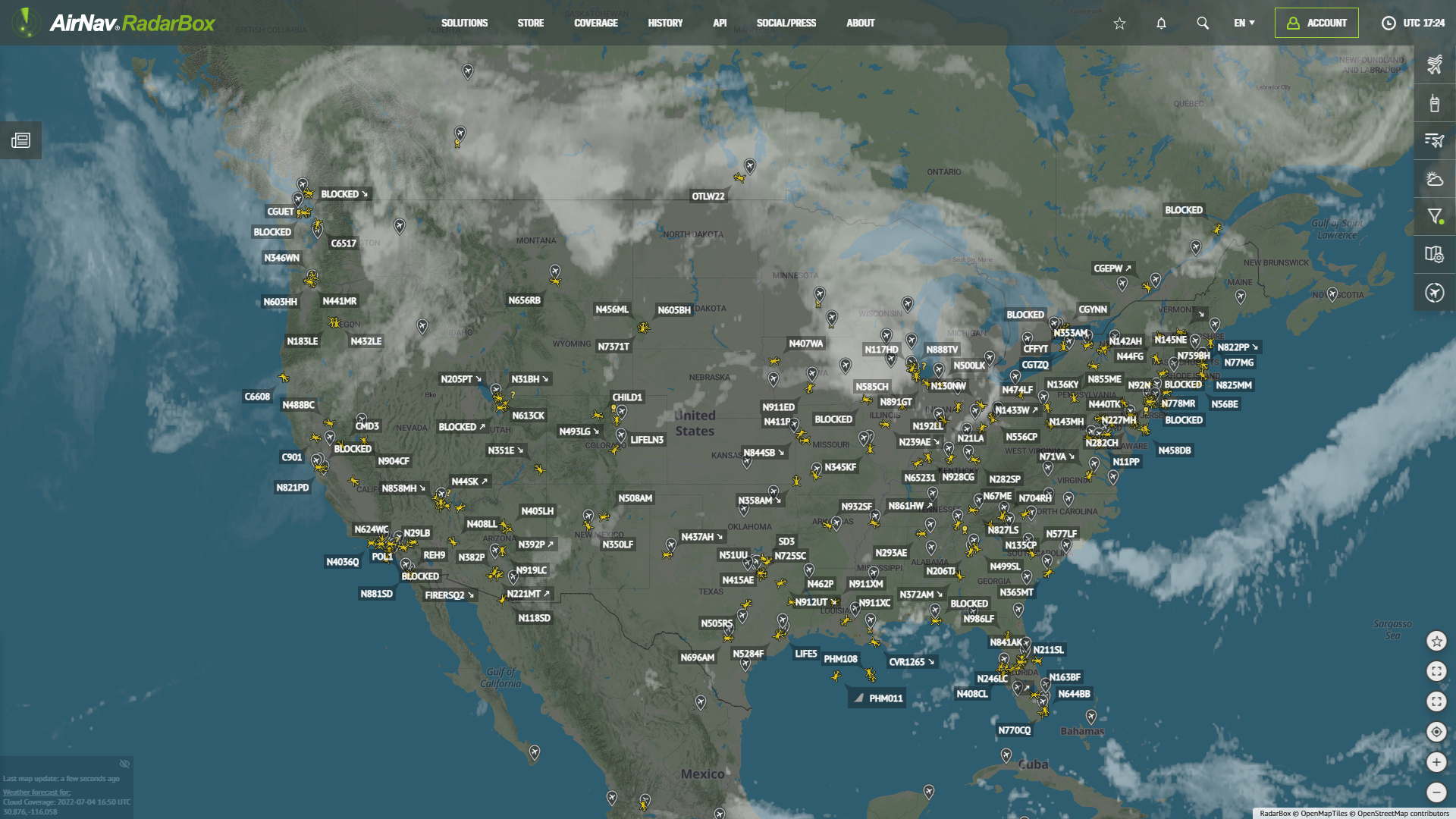 83879
83879Tracking Helicopters With RadarBox
Today we'll explore how to filter and track helicopters on RadarBox.com. Read this blog post to learn more...- 30638
AirNav Announces Coronavirus Related Data & Graphics Available
AirNav Systems is providing data COVID-19 air traffic related data for analysis, study and use.  22916
22916Replay Past Flights with Playback
AirNav RadarBox officially launches the playback function on RadarBox.com, allowing users to replay the air traffic for a specific date and time in the past, within a 365-day period. Read our blog post to learn more about this feature.

-1.png)
